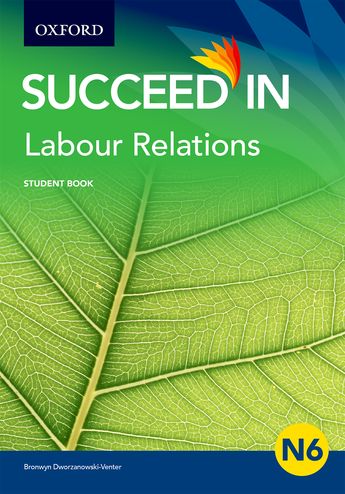Part 1: The labour relations system
1
2: How external and internal inputs link to the conversion
3: How outputs link to the conversion
4: How an output becomes a new input
5: Structures, in-company procedures and processes used to solve labour-related conflict
6: Substantive and procedural agreements
Part 2: Handling conflict
7: Definition of conflict
8: Distinguishing between personal conflict and conflict in the workplace
9: Causes of conflict in the workplace
10: Conflict indicators in the workplace
11: Importance of solving conflict in the workplace
12: Conflict handling methods
Part 3: Collective bargaining
13: Definition
of collective bargaining
14: Functions and objectives of bargaining
15: Context in which collective bargaining takes place
16: Types of bargaining
17: Difference between centralised and decentralised bargaining
18: Recognition of a trade union prior to shop floor bargaining
19: Factors an employer takes into account before recognising a trade union
20: Outcomes of collective bargaining
21: Bargaining councils
Part 4: Disputes and dispute resolution
22: Definition of a dispute
23: Types of disputes
24: Aim of dispute resolution
25: Methods of dispute resolution
26: Defining dispute resolution methods
27: Role of negotiator, mediator and arbitrator
28: Institutions for dispute resolution
Part 5: Industrial action
29: Stikes
30: Picketing
31: Go-slow
32: Product boycott
33: Lock-out
Part 6: Communication, structures and procedures
34: The
role of communication in workplace labour relations
35: Structures to ensure effective workplace communication
36: Grievances
37: Retrenchments
38: Discipline
